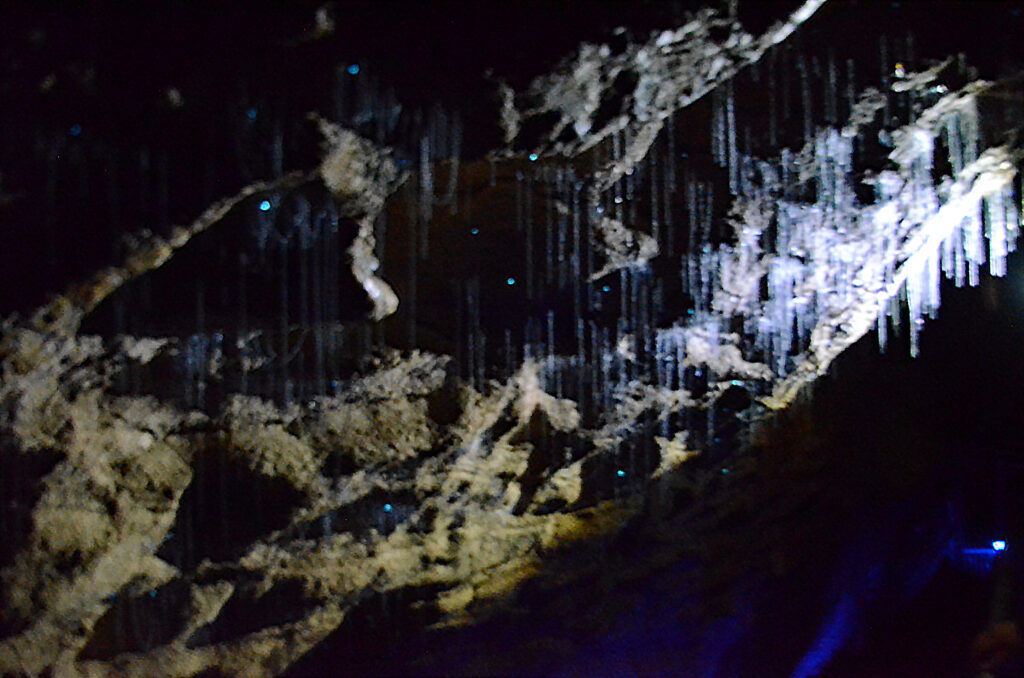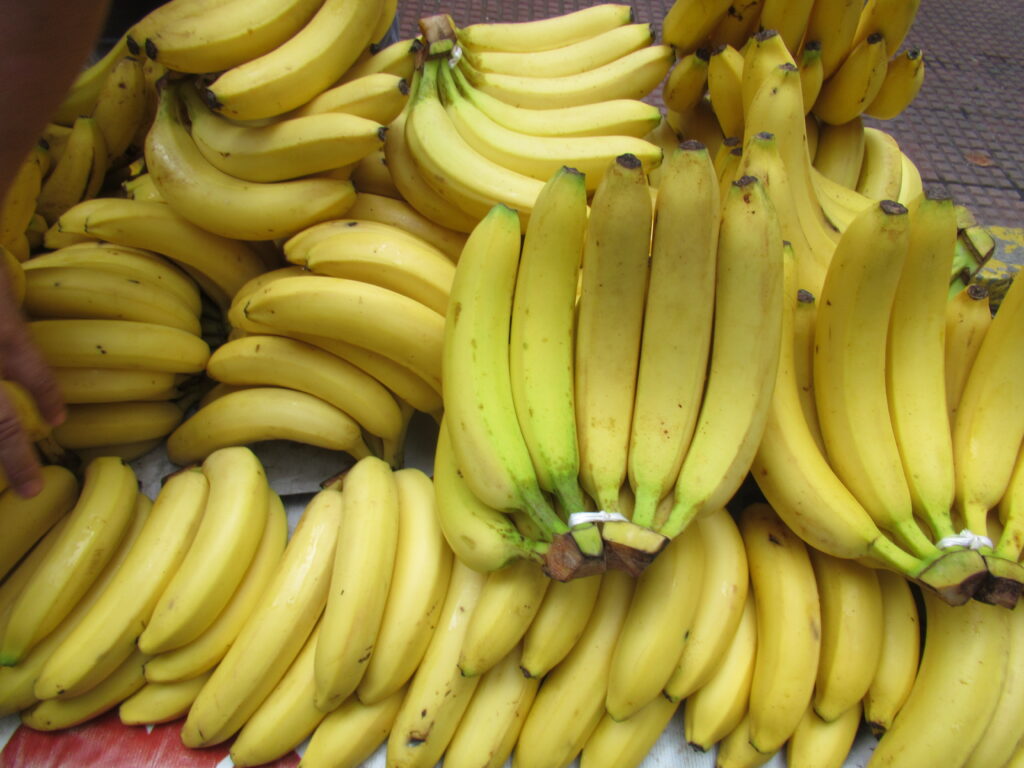In the depths of the ocean and the shadows of dense forests, a captivating phenomenon unfolds as certain creatures illuminate their surroundings with an ethereal glow. This mesmerizing display, known as bioluminescence, is not only a breathtaking spectacle but also reveals the profound adaptability and wonder of life on Earth. From the flickering signals of fireflies darting through a summer night to the glowing depths of the ocean teeming with radiant wonders, bioluminescence invites us on a journey into a hidden world of nature’s most luminescent secrets. In this article, we will explore the fascinating realm of bioluminescent creatures, uncovering the scientific marvels behind their glow and the roles they play in ecosystems around the globe.
What is Bioluminescence?
Bioluminescence refers to the ability of certain living organisms to produce and emit light through chemical reactions within their bodies. This phenomenon is primarily the result of a reaction between the molecule luciferin and the enzyme luciferase, producing light as a byproduct. This remarkable ability can be found in various species ranging from tiny microorganisms to complex sea creatures. Bioluminescence serves multiple purposes, including communication, camouflage, and predation, offering creatures an evolutionary advantage in their specific habitats.
The Science Behind the Glow
The luminescent glow observed in bioluminescent creatures is achieved through a chemical reaction that involves luciferin, luciferase, oxygen, and sometimes other cofactors. When luciferin is oxidized in the presence of luciferase and oxygen, it emits light. The specific wavelength, and consequently the color of the light, can vary among species depending on the structure of the luciferin molecule. This biochemical marvel allows organisms to produce light without generating heat, a process known as “cold light,” which is efficient and vital in the deep-sea and nocturnal environments where these organisms dwell.
Oceanic Wonders: Glowing Creatures of the Deep
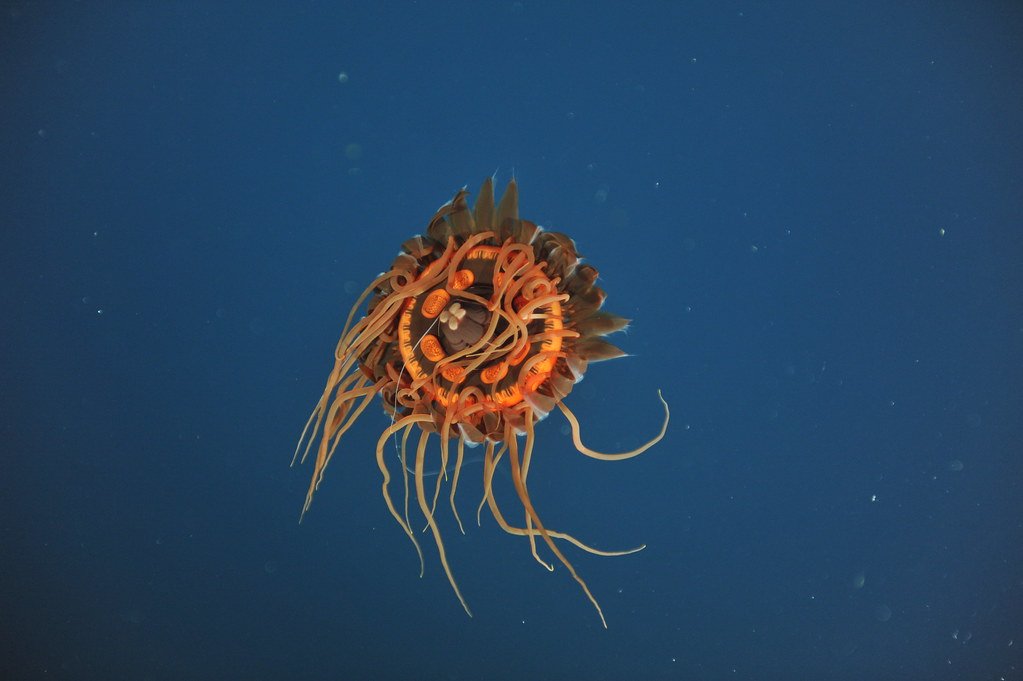
The ocean is home to the largest concentration of bioluminescent creatures, many of which inhabit the inky depths where sunlight never reaches. In this zone, creatures like the anglerfish use bioluminescence to lure prey with a glowing appendage that acts as a beacon in the darkness. Other fascinating marine inhabitants include jellyfish like the Atolla, which emit a bioluminescent “burglar alarm” when threatened to attract larger predators to their attacker. The brooding mystery of the ocean’s eerie glow continues to capture the imagination of scientists and explorers alike, revealing a hidden universe of shimmering secrets.
Fireflies: Ambassadors of Twilight
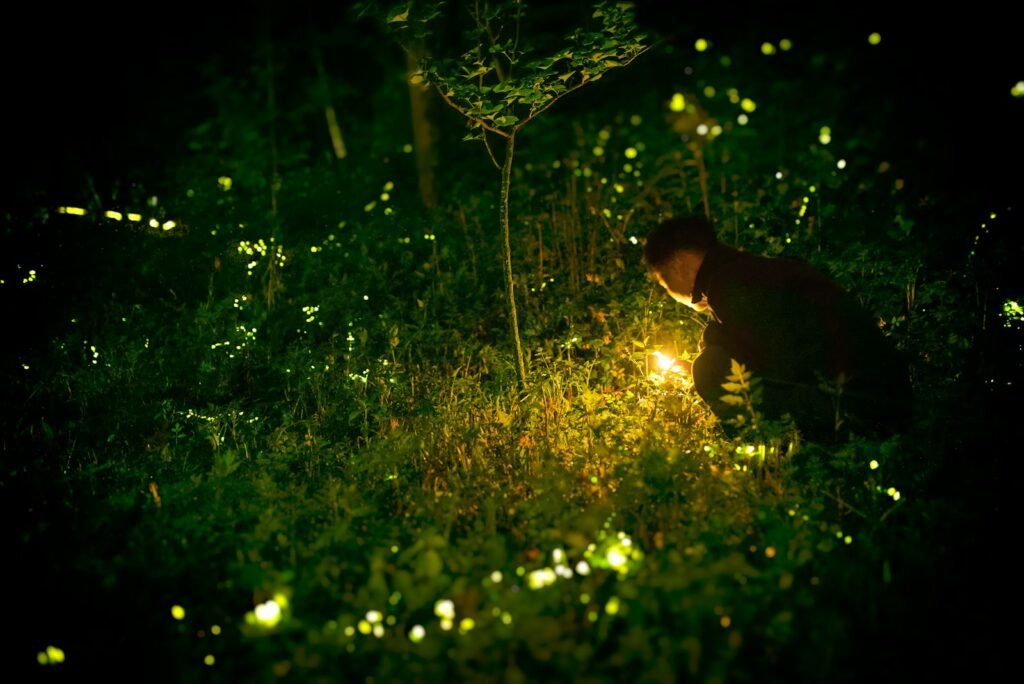
On land, fireflies, also known as lightning bugs, are perhaps the most familiar and enchanting bioluminescent creatures. These fascinating beetles use bioluminescence primarily for mating purposes. Male fireflies flash specific light patterns to attract females of their species during warm summer evenings. Each species has its own distinctive sequence and rhythm of flashes, ensuring successful communication within their species while creating a captivating dance of light across fields and gardens worldwide.
Bioluminescence in Mushrooms and Plants

While often associated with animal life, bioluminescence can also be observed in certain fungi and plants. The eerie glow from bioluminescent mushrooms, such as the Ghost Fungus or the Jack-o’-Lantern mushroom, is a result of a similar chemical reaction found in animal species. This glow may serve various ecological functions, such as attracting insects that aid in spore dispersion. Although rare, this dazzling display demonstrates nature’s ability to surprise us with life forms that glow in even the most unexpected places.
Defensive Mechanisms: Bioluminescence as a Survival Tool
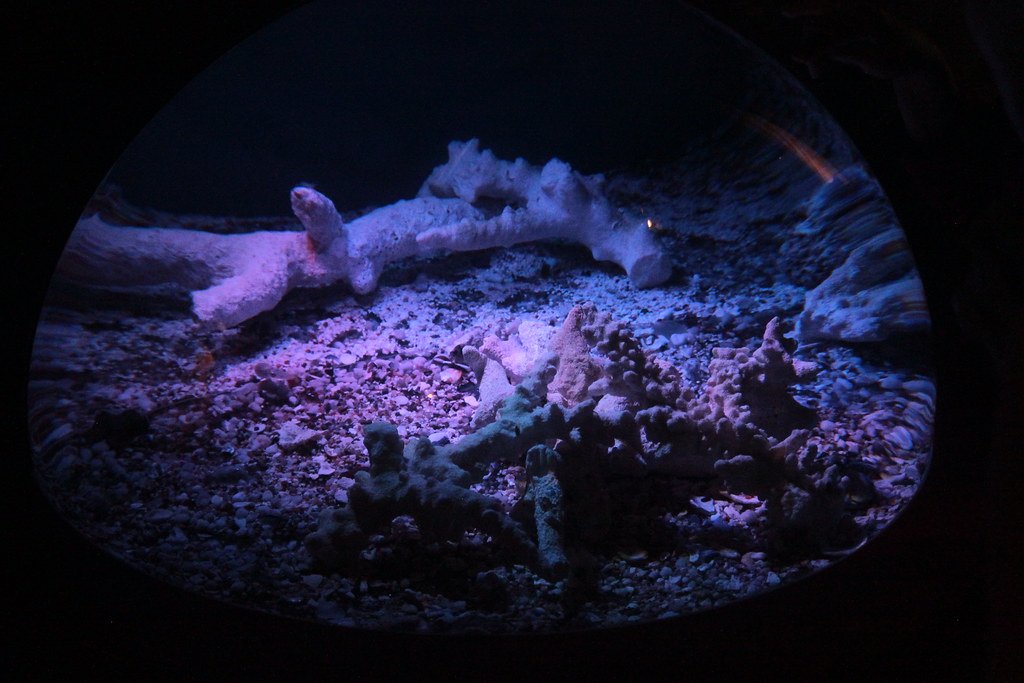
Bioluminescence serves as an important survival mechanism for many creatures. Some use it to avoid predators by emitting a startling flash of light to confuse or blind them momentarily, providing an opportunity to escape. Others, like the Hawaiian bobtail squid, use a cloak of bioluminescent bacteria to camouflage themselves, matching the moonlight filtering down through the water to avoid detection from predators below. This clever use of bioluminescence highlights the adaptive ingenuity of nature’s glow-in-the-dark wonders.
The Role of Bioluminescence in Communication
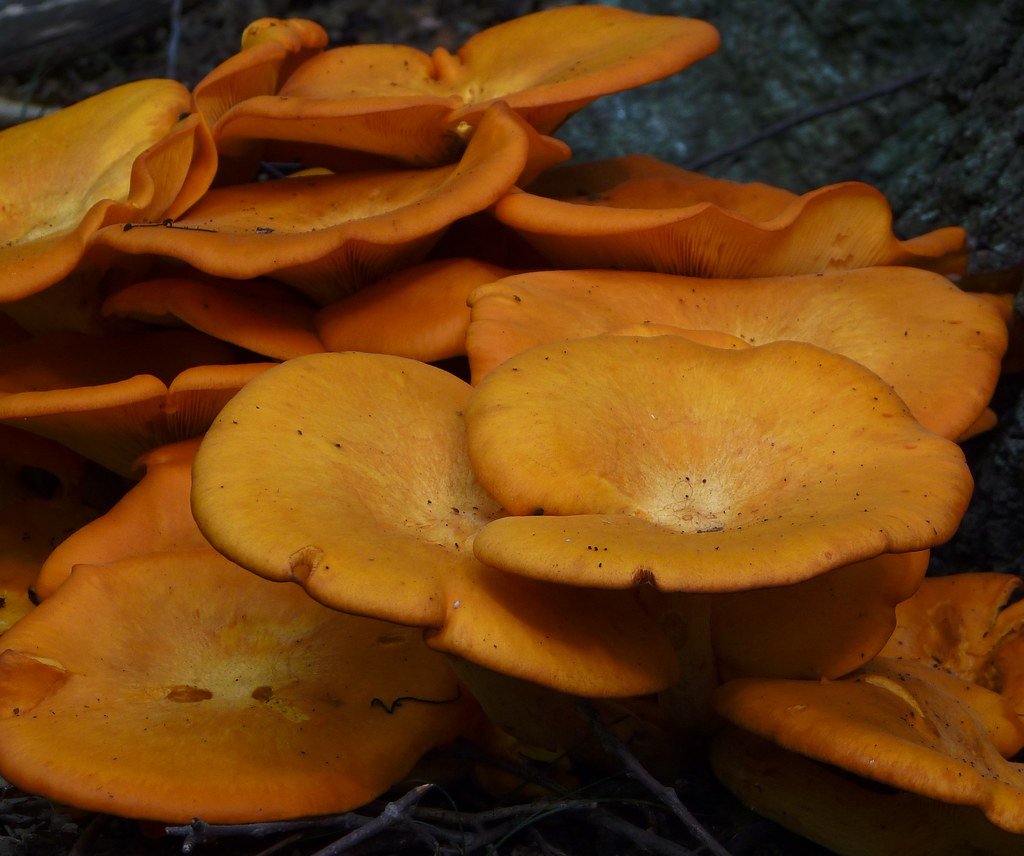
Communication is yet another vital role bioluminescence plays in the animal kingdom. Beyond attracting mates, certain species use light signals to ward off potential threats or to establish territories. In deep-sea environments, where other forms of communication are limited, this glowing language becomes a crucial means of interaction. Some species even engage in sophisticated displays of luminescent color and pattern, reflecting the complexity and diversity of life that thrives in these otherwise inaccessible parts of our world.
Bioluminescence in Human Culture and Medicine
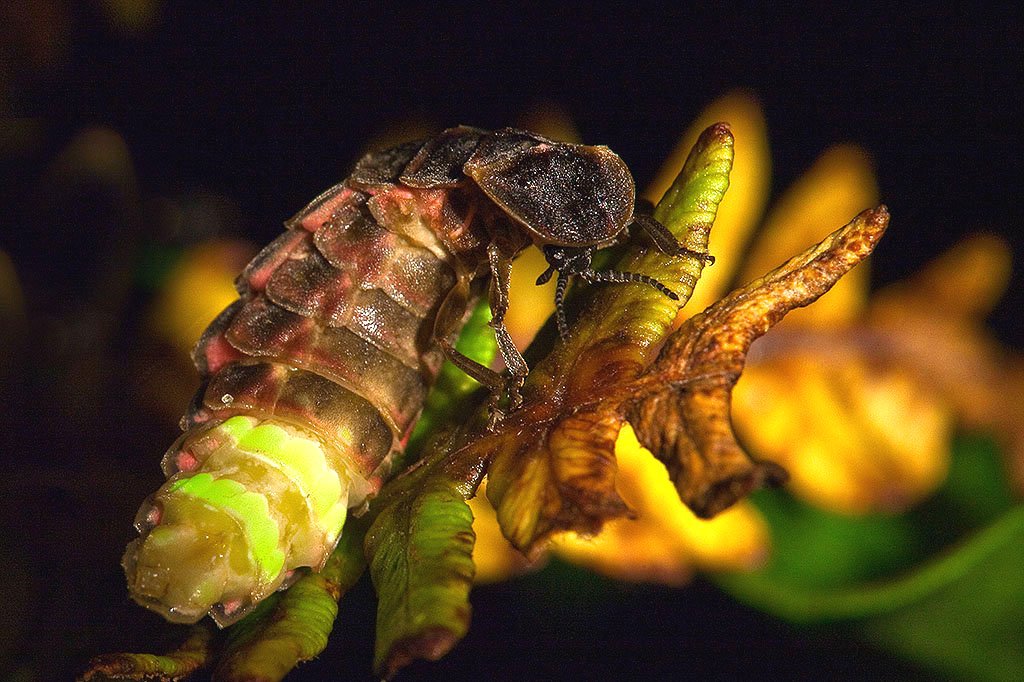
The mesmerizing glow of bioluminescence has not only inspired countless cultural myths and legends but has also sparked scientific curiosity and innovation. In modern medicine, bioluminescence is used as a tool in research and diagnostics. By tagging cells or proteins with luciferin, researchers can visualize and track biological processes in real-time, leading to advancements in understanding disease mechanisms and developing new treatments. This intersection of biology and technology demonstrates the invaluable contributions of bioluminescent creatures to science and medicine.
Conclusion

The hidden world of bioluminescent creatures offers a glimpse into nature’s ability to innovate and adapt in extraordinary ways. From the deep ocean to the twinkling countryside, these luminescent wonders illuminate the diverse strategies life employs to thrive in various environments. Their glow not only enchants us but also inspires scientific exploration and cultural fascination, underscoring the intricate connections between all living things and the environments in which they exist. As we continue to explore this glowing frontier, bioluminescent creatures remind us of the beauty and complexity of nature’s overlooked marvels.


